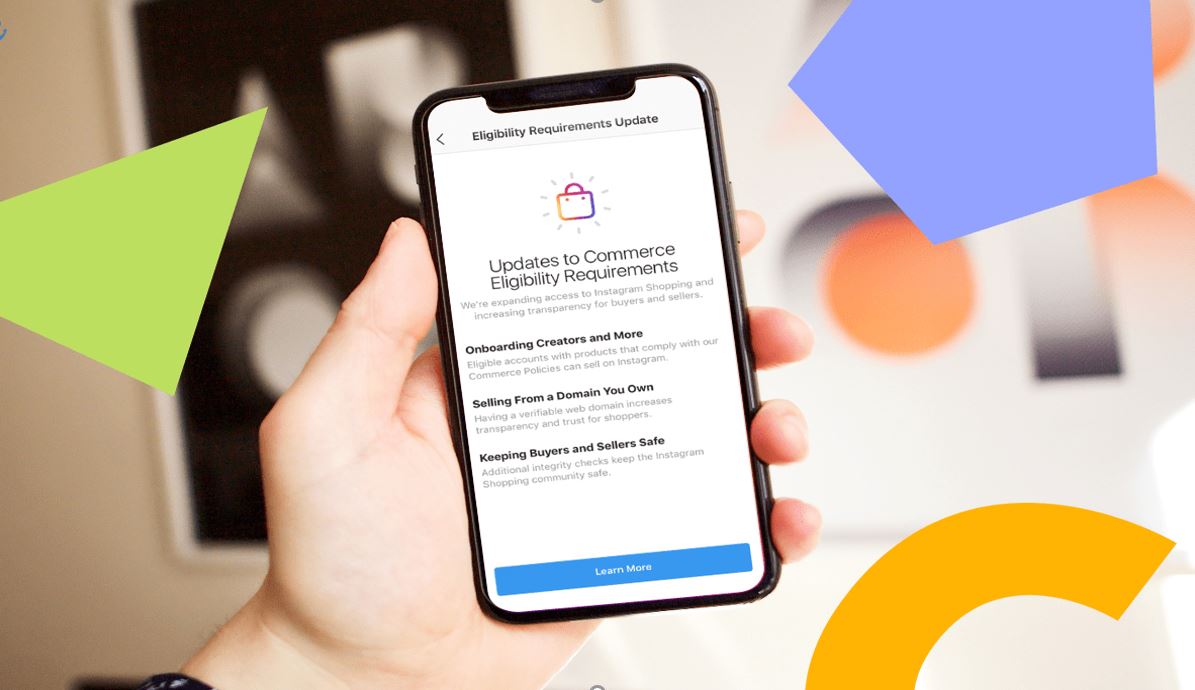Most display ads are terrible. They blend into the background, get ignored completely, or annoy people so much that they actively avoid the brands behind them. Every day, millions of dollars get wasted on banner ads that might as well be invisible for all the good they do.
But some display ads actually work. They grab attention, generate clicks, and turn browsers into buyers. The difference isn’t luck or massive budgets – it’s understanding what separates effective visual advertising from the digital wallpaper that clutters most websites.
The businesses that create display ads people actually notice and click follow specific principles that most advertisers either don’t know or choose to ignore.
Clear Messages Beat Clever Messages Every Time
The biggest problem with most display ads is trying to be too smart or creative. Advertisers pack multiple messages into tiny spaces, use inside jokes that nobody gets, or create puzzles that require viewers to work hard just to understand what’s being offered.
Effective display ads communicate one clear benefit or offer in language that anyone can understand immediately. Instead of “Revolutionize Your Workflow with Our Synergistic Solutions,” successful ads say “Save 2 Hours Every Day” or “Get More Customers This Week.”
The best performing ads answer the viewer’s immediate question: “What’s in it for me?” They skip the company history, product features, and marketing speak to focus entirely on the specific problem they solve or benefit they provide.
Visual Hierarchy Guides the Eye
Amateur display ads treat every element as equally important, creating visual chaos that confuses viewers about where to look first. Professional ads use size, color, and positioning to guide attention through a logical sequence that ends with a clear call to action.
The most important element – usually the main benefit or offer – dominates the visual space. Secondary information appears smaller but still readable. The call-to-action button stands out through contrasting colors that make it impossible to miss.
Successful businesses often work with established platforms that understand these design principles. When companies partner with reputable display ad networks, they gain access to proven templates and design guidelines that help ensure their advertisements follow professional visual standards.
White space isn’t wasted space in effective display ads. It gives the eye places to rest and makes important elements stand out more clearly. Cramming every pixel with content creates cluttered ads that overwhelm rather than persuade.
Colors That Convert vs Colors That Confuse
Color psychology plays a huge role in display ad effectiveness, but most advertisers use colors based on personal preference rather than psychological impact. Effective ads use colors strategically to create specific emotional responses and guide viewer behavior.
Red creates urgency and excitement, making it perfect for limited-time offers and clearance sales. Blue builds trust and reliability, working well for financial services and professional products. Green suggests growth and prosperity, appealing to audiences interested in money-making opportunities.
The most successful display ads use one dominant color with one or two accent colors maximum. This creates visual harmony that feels professional while ensuring important elements stand out clearly against the background.
Contrast matters more than color choice. Dark text on light backgrounds or light text on dark backgrounds ensures readability across different devices and screen settings. Poor contrast makes ads hard to read, which kills conversion rates regardless of how compelling the message might be.
Targeting That Actually Targets
Even the best-designed display ad fails if it reaches the wrong people. Effective display advertising relies on precise targeting that puts ads in front of people who actually need and want what’s being offered.
Demographic targeting alone isn’t enough anymore. Successful advertisers layer behavioral data, purchase history, and website activity to identify prospects who are actively researching solutions or have recently shown buying intent for related products.
Geographic targeting works when it matches the business model. Local service businesses benefit from targeting specific cities or regions, while online retailers might target based on shipping zones or areas with higher disposable income.
Time-based targeting can dramatically improve results. Business software ads perform better during work hours, while entertainment offers work better in evenings and weekends. Understanding when target audiences are most receptive increases click-through rates significantly.
Headlines That Hook Instead of Bore
Most display ad headlines read exactly what viewers expect them to say. They’re generic, predictable, and easy to ignore because they sound identical to every other ad in the same category.
Effective headlines create curiosity, promise specific benefits, or challenge common assumptions. Instead of “Best Accounting Software,” successful ads might say “The Accounting Software That Pays for Itself” or “Why 90% of Small Businesses Choose the Wrong Accounting Software.”
Numbers and specifics make headlines more believable and compelling. “Increase Sales” sounds vague and promotional, while “Increase Sales by 23% in 60 Days” provides concrete expectations that feel more trustworthy.
Questions can work well in headlines when they address real concerns that target audiences have. “Tired of Losing Customers to Competitors?” hits harder than “Improve Customer Retention” because it acknowledges a specific pain point.
Call-to-Action Buttons That Actually Work
The call-to-action button often determines whether display ads generate clicks or get ignored. Most advertisers use generic phrases that don’t create any sense of urgency or excitement about clicking.
“Learn More” and “Click Here” are weak because they don’t promise any specific value. “Get Your Free Quote,” “Start Your Trial,” or “See Pricing” tell viewers exactly what happens when they click, making the decision easier.
Button design matters as much as the text. Successful ads use buttons that look clickable through shadows, gradients, or raised edges. Flat buttons that blend into the background get clicked less frequently than buttons that appear three-dimensional.
Size and positioning affect click rates significantly. Buttons need to be large enough to click easily on mobile devices but not so large that they overwhelm the rest of the ad. Placing them in the lower right corner often works well because that’s where Western readers naturally expect to find action items.
Mobile-First Design Principles
More people see display ads on mobile devices than desktop computers, but most ads still get designed for large screens and then shrunk down for phones. This backward approach creates ads that are hard to read and impossible to click on smaller screens.
Effective display ads start with mobile dimensions and scale up for desktop. This ensures text remains readable, buttons stay clickable, and images look good on the screens where most people will actually see them.
Font sizes need to be larger for mobile viewing. Text that looks fine on a desktop monitor becomes unreadable when compressed to phone screen sizes. Successful ads use fonts that remain clear and legible even on older phones with lower resolution screens.
Testing What Works vs Guessing
The most successful display advertisers test different versions of their ads to find out what actually performs best rather than guessing what might work. They test headlines, images, colors, and calls-to-action systematically to optimize for maximum results.
A/B testing reveals surprising insights about what resonates with specific audiences. Sometimes the version that looks less professional actually performs better because it seems more authentic. Other times, subtle changes in wording can double click-through rates.
Testing requires patience because meaningful results take time to accumulate. Running tests for at least a week with sufficient traffic volume ensures the data is reliable enough to base decisions on.
The Foundation of Not-Sucking
Display ads that don’t suck start with understanding that people don’t want to see advertisements. They want to solve problems, achieve goals, or satisfy desires. Successful ads focus entirely on helping viewers get what they want rather than promoting what companies want to sell.
This audience-first approach influences every decision about messaging, design, targeting, and placement. When display ads genuinely help people discover solutions they’re actively looking for, they stop being annoying interruptions and become welcome information that viewers actually appreciate seeing.
Read Next:
How To Get Ahead in Advertising – 7 Actionable Tips
Getting Ahead With Sponsored Content and Brand Partnerships








